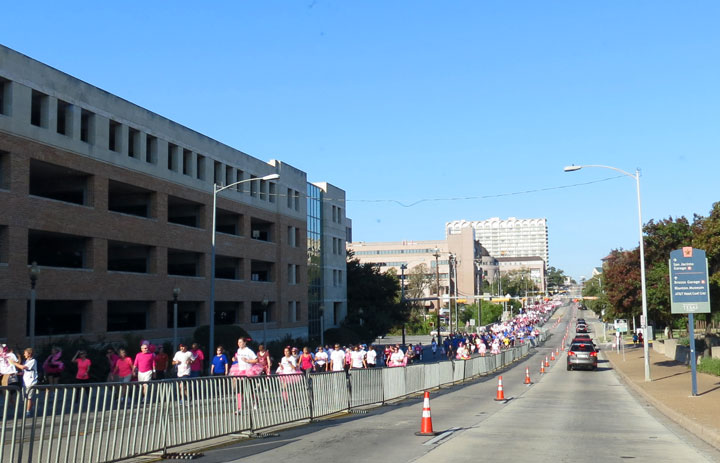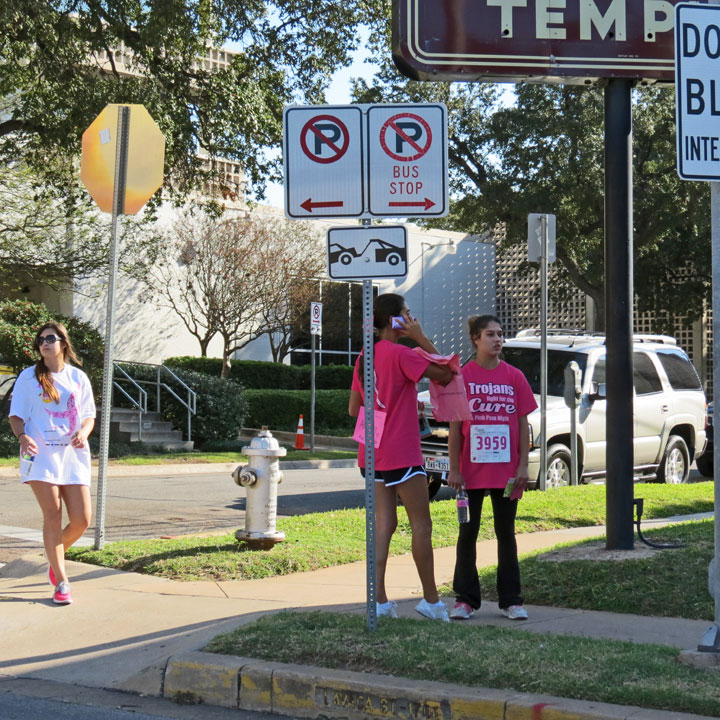

Austin

Austin
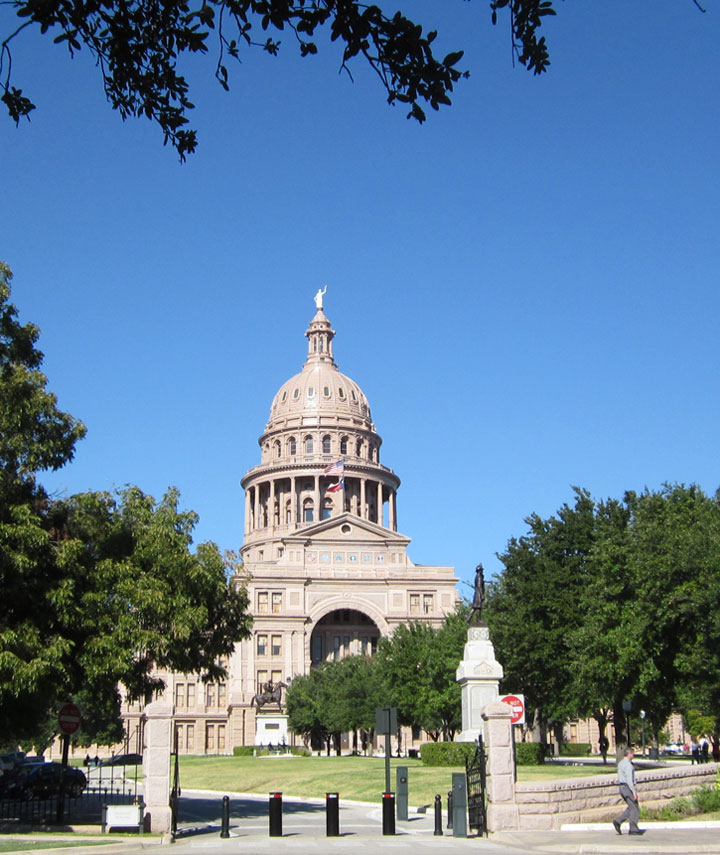
Texas State Capitol
More Photos of the Texas State Capitol
Austin is the capital of the U.S. state of Texas and the seat of Travis County. Located in Central Texas on the eastern edge of the American Southwest, Austin is the thirteenth most populous city in the United States of America and the fourth most populous city in the state of Texas. It was the third-fastest-growing large city in the nation from 2000 to 2006. Austin has a population of 820,611 (2011 U.S. Census). The city is the cultural and economic center of the Austin–Round Rock–San Marcos metropolitan area, which had an estimated population 1,783,519 (2011 U.S. Census), making it the 34th-largest metropolitan statistical area in the United States and the fourth-largest in Texas.

In the 1830s, pioneers began to settle the area in central Austin along the
Colorado River. After Republic of Texas Vice President Mirabeau B. Lamar visited
the area during a buffalo-hunting expedition between 1837 and 1838, he proposed
that the republic's capital then located in Houston, Texas, be relocated to the
area situated on the north bank of the Colorado River near the present-day Ann
W. Richards Congress Avenue Bridge. In 1839, the site was officially chosen as
the republic's new capital (the republic's seventh and final location) and was
incorporated under the name, Waterloo. Shortly thereafter, the name was changed
to Austin in honor of Stephen F. Austin, the "Father of Texas" and the
republic's first secretary of state.
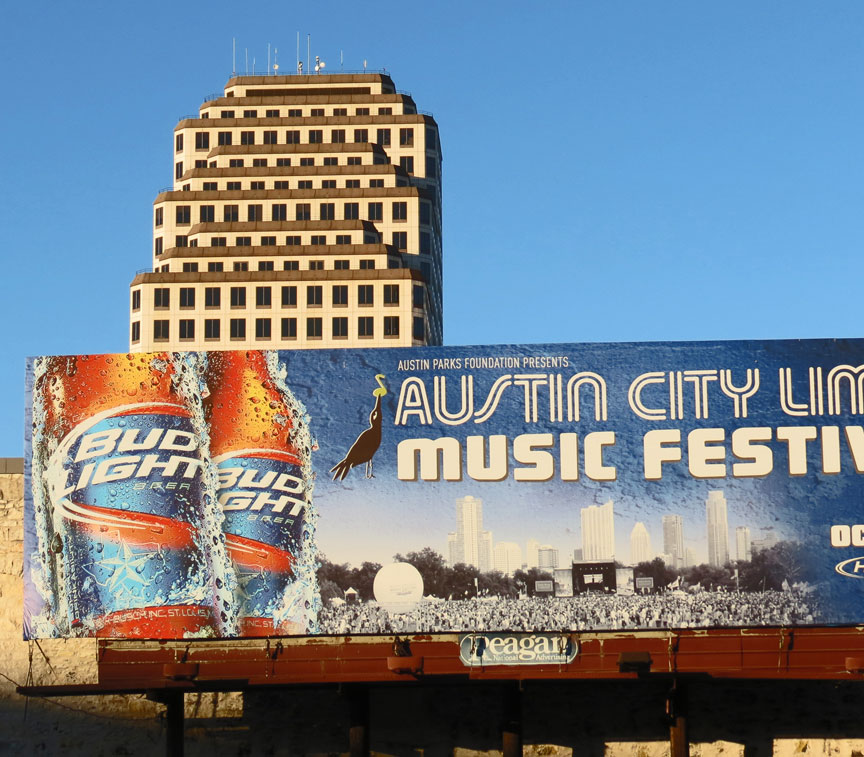
Austin City Limits
More Photos of Austin City Limits venue
The city grew throughout the 19th century and became a center for government and
education with the construction of the Texas State Capitol and the University of
Texas at Austin. After a lull in growth from the Great Depression, Austin
resumed its development into a major city in the 1980s and emerged as a center
for technology and business. A number of Fortune 500 companies have
headquarters or regional offices in Austin including Advanced Micro Devices,
Apple, Google, IBM, Intel, Texas Instruments, 3M, and Whole Foods Market. Dell's
worldwide headquarters is located in nearby Round Rock, a suburb of Austin.
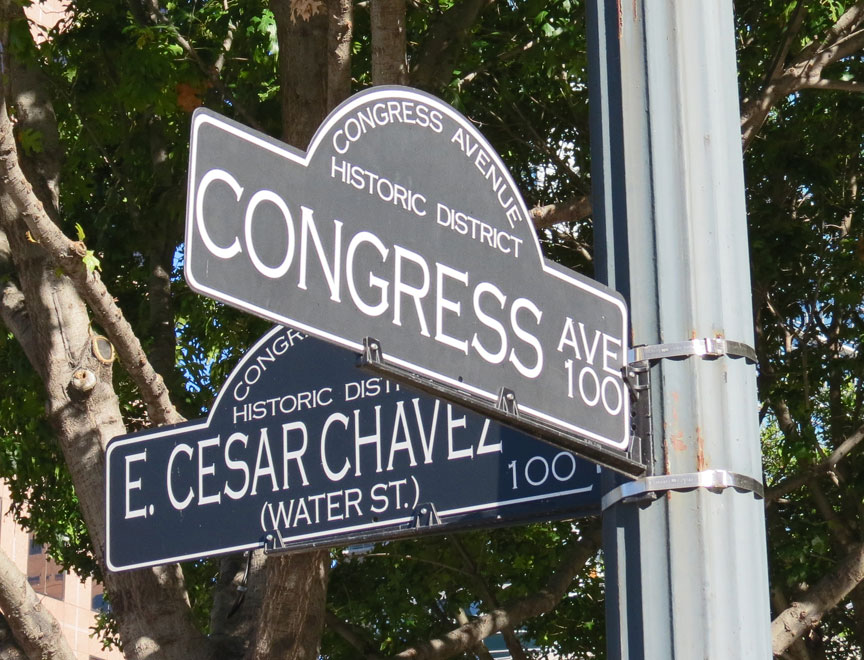
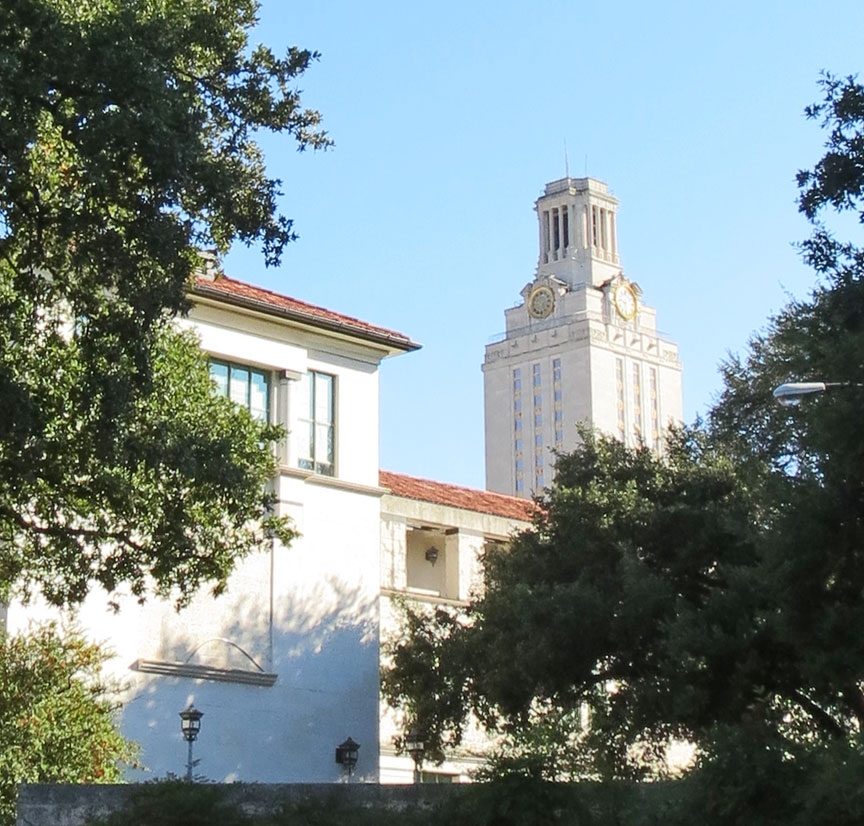
University of Texas
More Photos of the University of Texas
Residents of Austin are known as "Austinites". They include a diverse mix of government employees (e.g., university faculty & staff, law enforcement, political staffers); foreign and domestic college students; musicians; high-tech workers; blue-collar workers and businesspeople. The city is home to development centers for many technology corporations; it adopted the "Silicon Hills" nickname in the 1990s. However, the current official slogan promotes Austin as "The Live Music Capital of the World", a reference to the many musicians and live music venues within the area, and the long-running PBS TV concert series Austin City Limits. In recent years, some Austinites have also adopted the unofficial slogan "Keep Austin Weird". This interpretation of the classic, "Texas-style" sense of independence refers to: the traditional and proudly eclectic, liberal lifestyles of many Austin residents; a desire to protect small, unique, local businesses from being overrun by large corporations; and, as a reaction to the perceived rise of conservative influences within the community. In the late 1800s, Austin also became known as the City of the "Violet Crown" for the wintertime violet glow of color across the hills just after sunset. Even today, many Austin businesses use the term "violet crown" in their name. Austin is known as a "clean air city" for the city's stringent no-smoking ordinances that apply to all public places and buildings, and all restaurants.
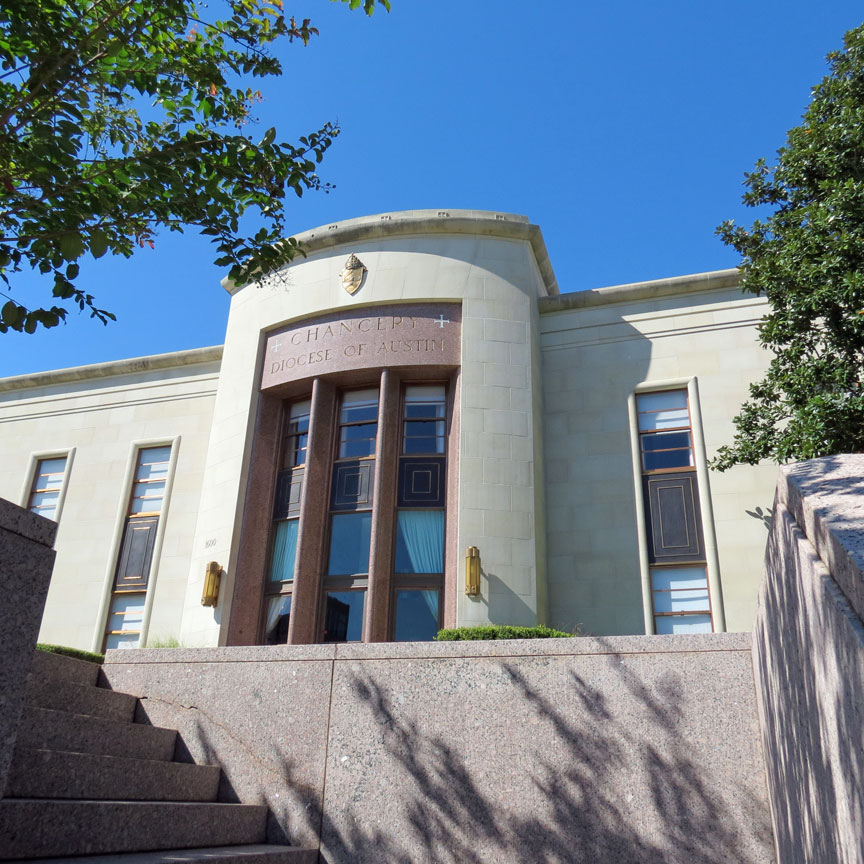
Diocese of Austin
Austin, Travis County, and Williamson County have been the site of human habitation since at least 9,200 BC. The earliest known inhabitants of the area lived during the late Pleistocene (Ice Age) and are linked to the Clovis culture around 9,200 BC (11,200 years ago), based on evidence found throughout the area and documented at the much-studied Gault Site, midway between Georgetown and Fort Hood.
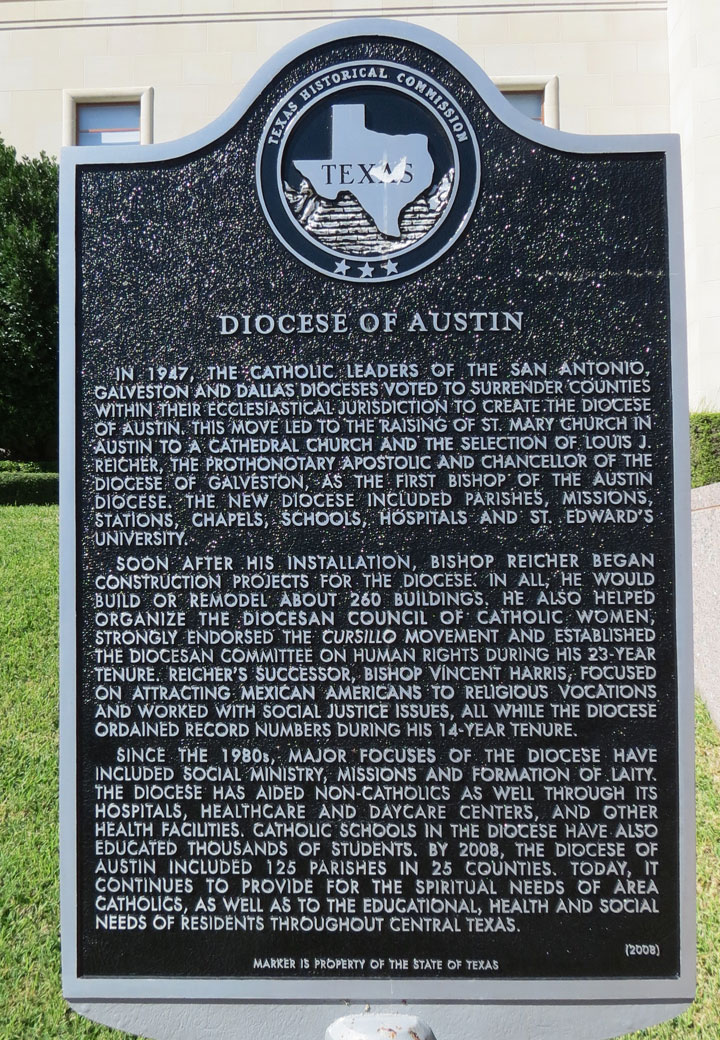
When settlers first arrived from Europe, the area was inhabited by the Tonkawa
tribe, and the Comanches and Lipan Apaches were known to travel through the area
as well. Spanish explorers, including the Espinosa-Olivares-Aguirre expedition,
traveled through the area for centuries, though few permanent settlements were
created for some time. In 1730, three missions from East Texas were combined and
reestablished as one mission on the south side of the Colorado River, in what is
now Zilker Park, in Austin. The mission was in this area for only about seven
months, and then was moved to San Antonio de Béxar and split into three
missions. In the mid-18th century, the San Xavier missions were located along
the Colorado River, in what is now western Milam County, to facilitate
exploration.
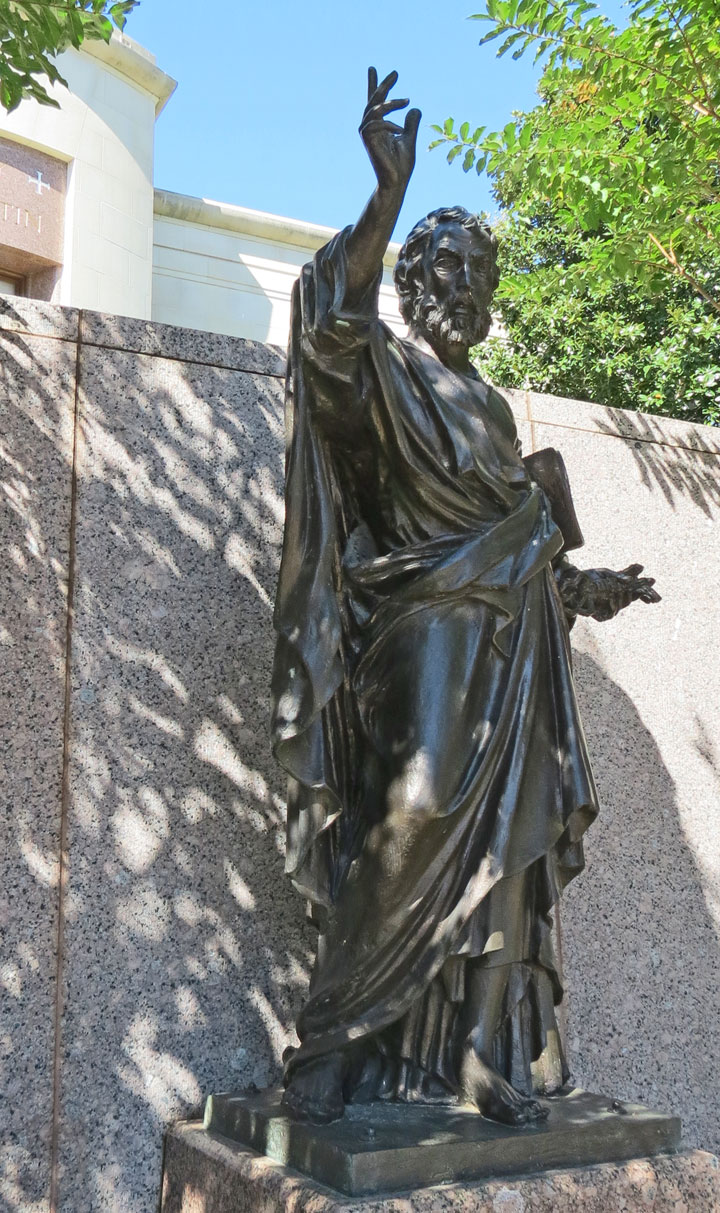
Early in the 19th century, Spanish forts were established in what are now
Bastrop and San Marcos. Following the independence of Mexico, new settlements
were established in Central Texas, but growth in the region was stagnant because
of conflicts with the regional Native Americans.
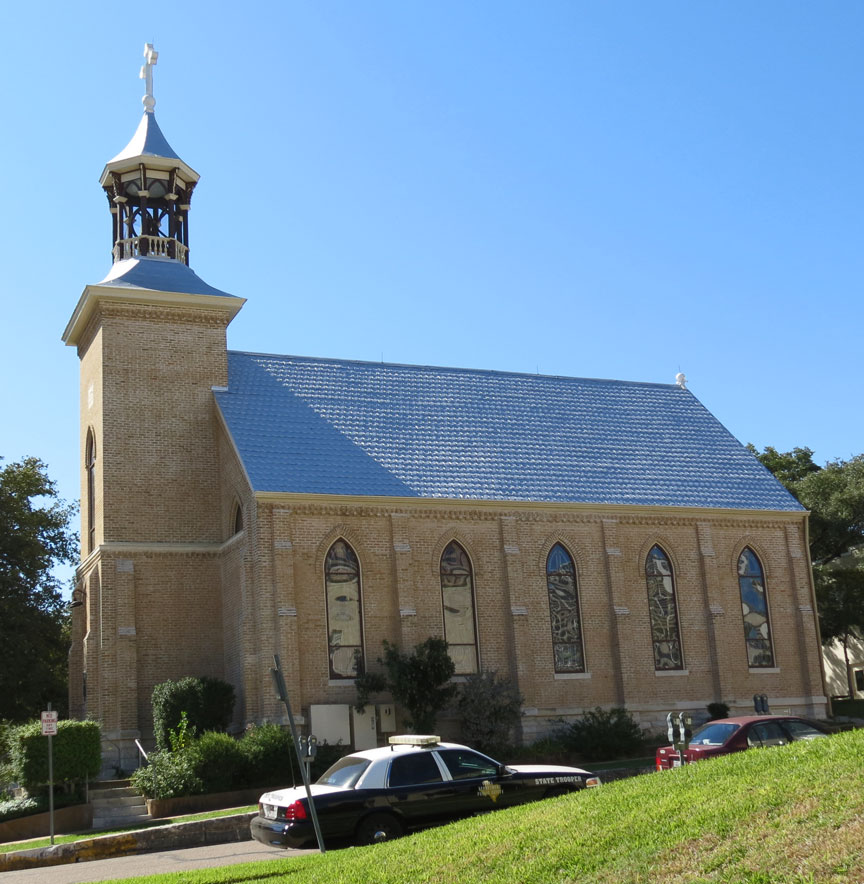
In 1835–1836, Texans fought and won independence from Mexico. Texas thus became
its own independent country with its own president, congress, and monetary
system. In 1839, the Texas Congress formed a commission to seek a site for a new
capital to be named for Stephen F. Austin. Mirabeau B. Lamar, second president
of the newly formed Republic of Texas, advised the commissioners to investigate
the area named Waterloo, noting the area's hills, waterways, and pleasant
surroundings. Waterloo was selected and the name Austin was chosen as the town's
new name. The name Austin is considered to be derived from Augustine, a
variant of Augustus. The location was seen as a convenient crossroads for trade
routes between Santa Fe and Galveston Bay, as well as routes between northern
Mexico and the Red River. Austin is also the site where the southern leg of the
Chisholm Trail leads to the Colorado River.
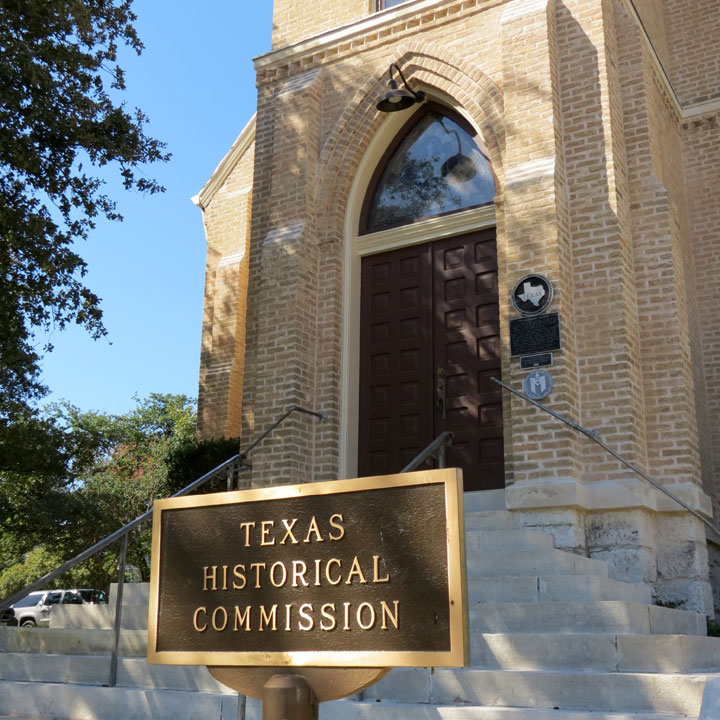
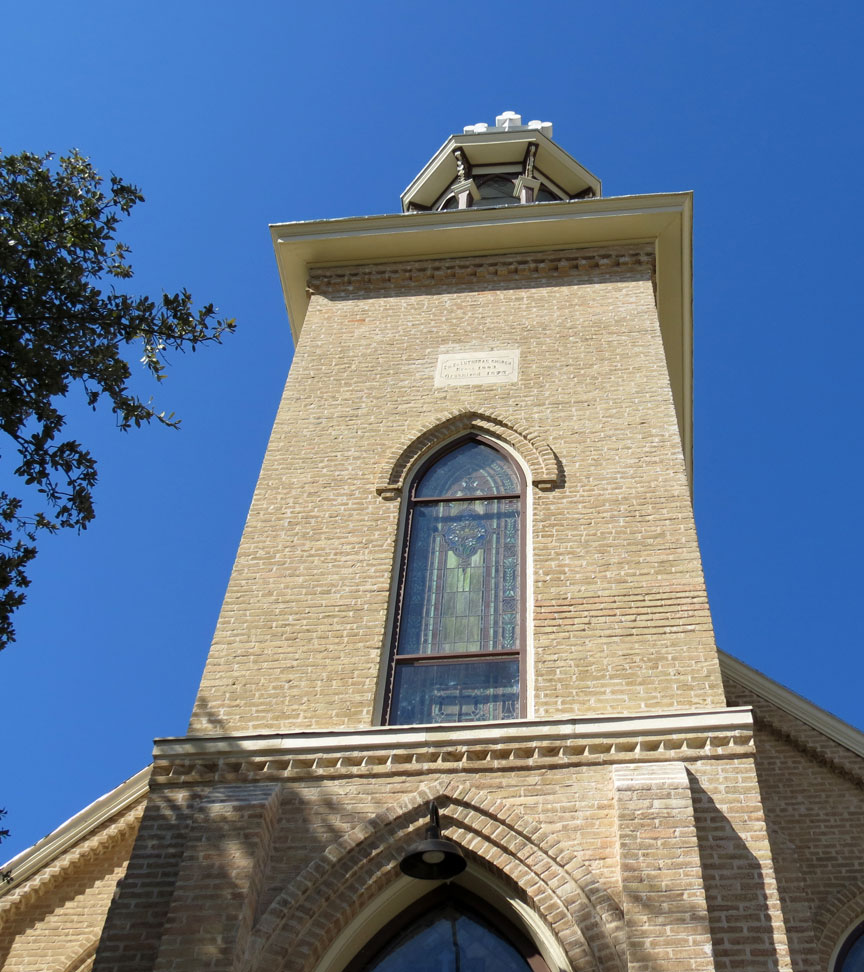
Edwin Waller was picked by Lamar to survey the village and draft a plan laying
out the new capital. The original site was narrowed to 640 acres (259 ha)
that fronted the Colorado River between two creeks, Shoal Creek and Waller
Creek, which was later named in his honor. The 14-block grid plan was bisected
by a broad north-south thoroughfare, Congress Avenue, running up from the river
to Capital Square, where the new Texas State Capitol was to be constructed. A
temporary one-story capitol was erected on the corner of Colorado and 8th
Streets. On August 1, 1839, the first auction of 217 out of 306 lots total was
held. The grid plan Waller designed and surveyed now forms the basis of downtown
Austin.
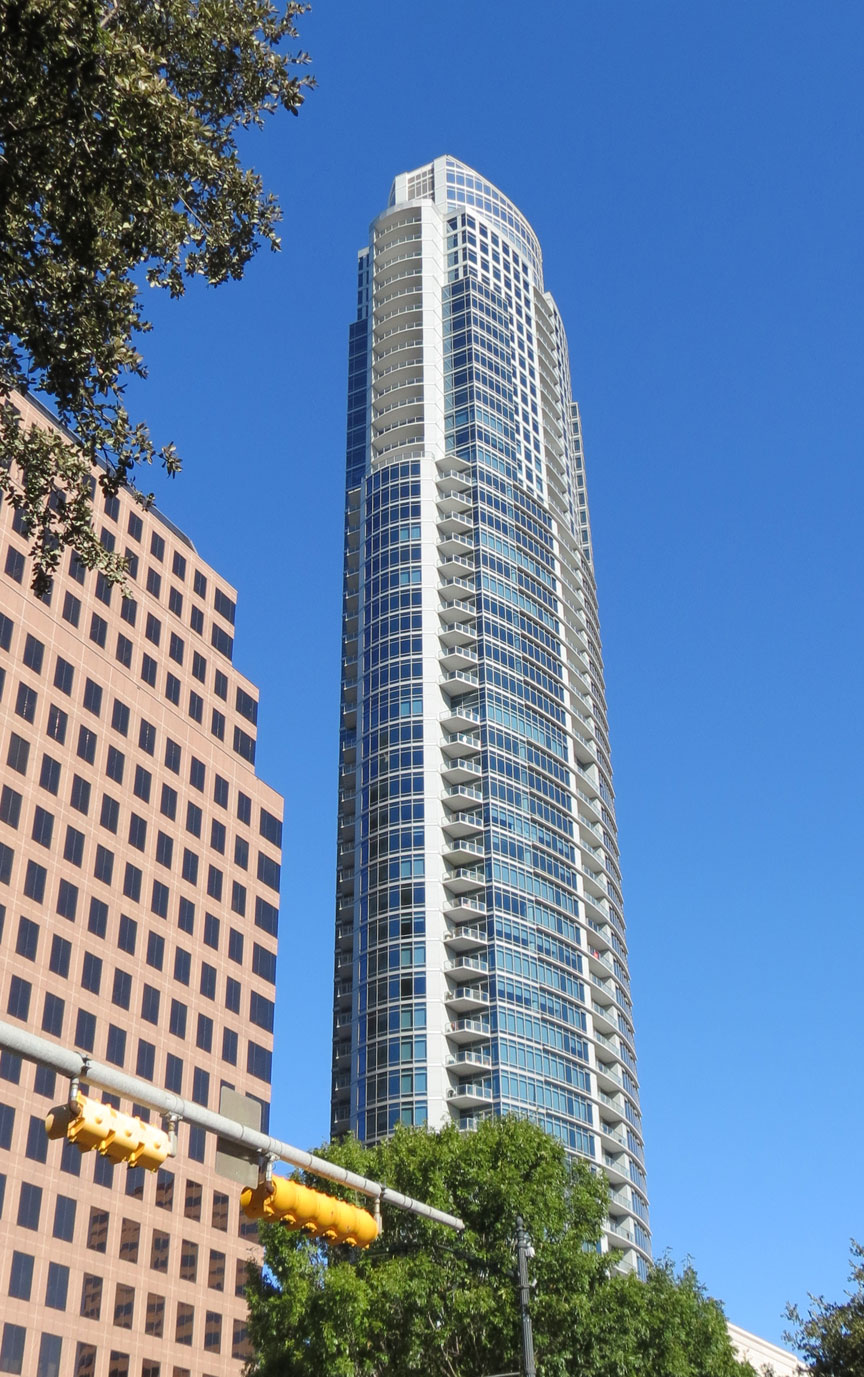
In 1840, a series of conflicts between the Texas Rangers and the Comanches,
known as the Council House Fight and the Battle of Plum Creek, finally pushed
the Comanches westward, mostly ending conflicts in Central Texas. Settlement in
the area began to expand quickly. Travis County was established in 1840, and the
surrounding counties were mostly established within the next two decades.

Initially, the new capital thrived. But Lamar's political enemy, Sam Houston,
used two Mexican army incursions to San Antonio as an excuse to move the
government. Sam Houston fought bitterly against Lamar’s decision to establish
the capital in such a remote wilderness. The men and women who traveled mainly
from Houston to conduct government business were intensely disappointed as well.
By 1840 the population had risen to 856 of whom nearly half fled from Austin
when Congress recessed. The resident Black population listed in January of this
same year was 176. The fear of Austin’s proximity to the Indians and Mexico,
which still considered Texas a part of their land, created an immense motive for
Sam Houston, the first and third President of the Republic of Texas, to relocate
the capital once again in 1841. Upon threats of Mexican troops in Texas, Houston
raided the Land Office to transfer all official documents to Houston for safe
keeping in what was later known as the Archive War, but the people of Austin
would not allow this unaccompanied decision to be executed. The documents
stayed, but the capital would temporarily move from Austin to Houston to
Washington-on-the-Brazos. Without the governmental body, Austin’s population
declined to a low of only a few hundred people throughout the early 1840s. The
voting by the fourth President of the Republic, Anson Jones, and Congress, who
reconvened in Austin in 1845, settled the issue to keep Austin the seat of
government as well as annex the Republic of Texas into the United States.
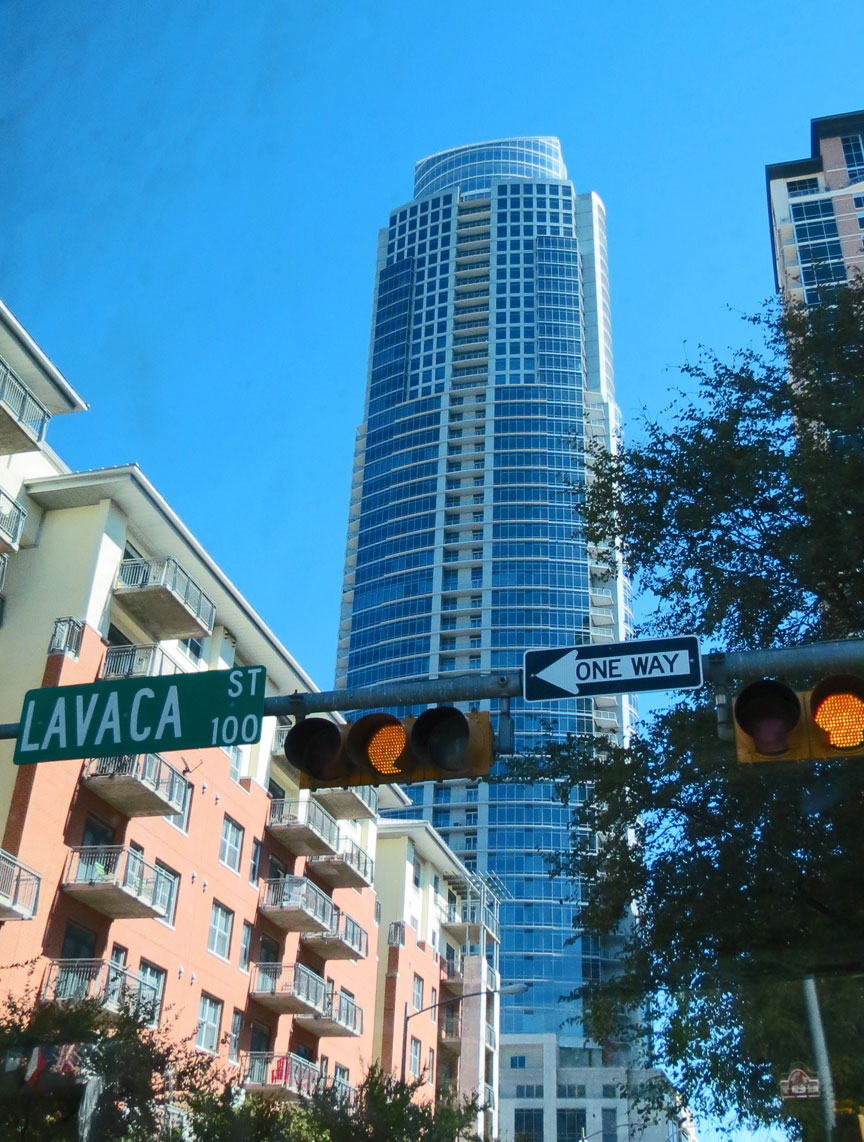
In 1860, 38% of Travis County residents were slaves. In 1861, with the outbreak
of the American Civil War, voters in Austin and other Central Texas communities
voted against secession. However, as the war progressed and fears of attack by
Union forces increased, Austin contributed hundreds of men to the Confederate
forces. The African American population of Austin swelled dramatically after the
enforcement of the Emancipation Proclamation in Texas by Union General Gordon
Granger at Galveston in an event commemorated as Juneteenth. Black communities
such as Wheatville, Pleasant Hill, and Clarksville were established with
Clarksville being the oldest surviving freedom town the original post-Civil
War settlements founded by former African-American slaves ‒ west of the
Mississippi River. In 1870, blacks made up 36.5% of Austin's population. The
postwar period saw dramatic population and economic growth. The opening of the
Houston and Texas Central Railway (H&TC) in 1871,6] turned Austin into the major
trading center for the region with the ability to transport both cotton and
cattle. The Missouri, Kansas, and Texas (MKT) line followed close behind. Austin
was also the terminus of the southernmost leg of the Chisholm Trail and
"drovers" pushed cattle north to the railroad. Cotton was one of the few crops
produced locally for export and a cotton gin engine was located downtown near
the trains for "ginning" cotton of its seeds and turning the product into bales
for shipment. As other new railroads were built through the region in 1870s,
however, Austin began to lose its primacy in trade to the surrounding
communities. In addition, the areas east of Austin took over cattle and cotton
production from Austin, especially in towns like Hutto and Taylor that sit over
the blackland prairie, with its deep, rich soils for producing cotton and hay.
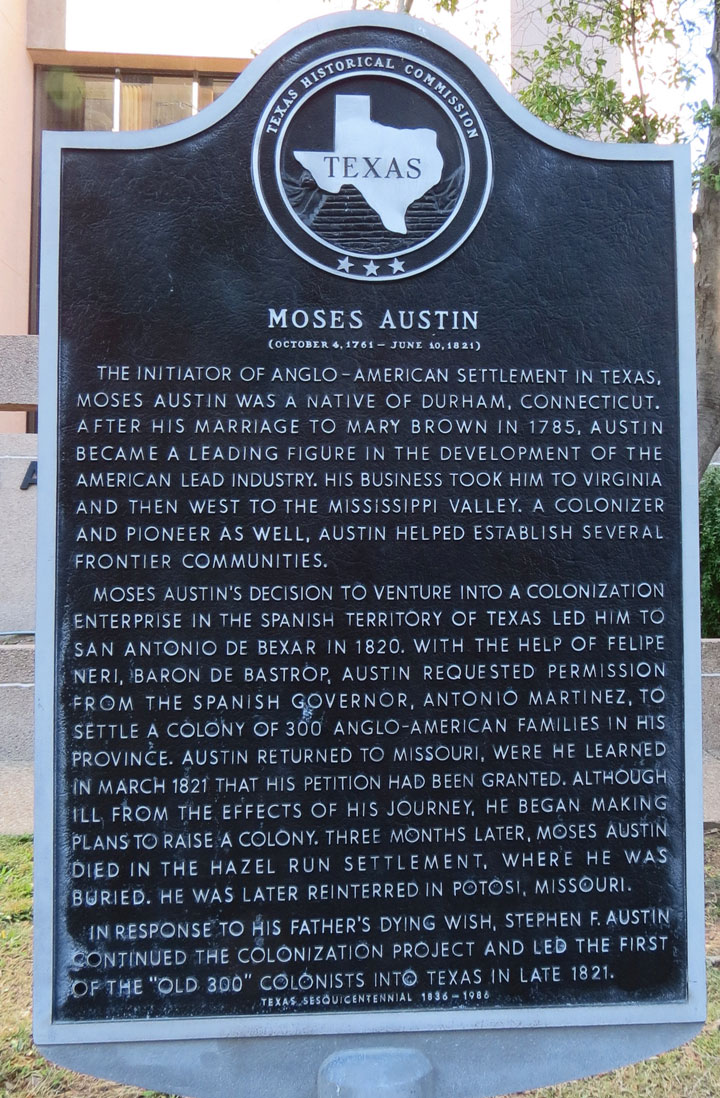
Moses Austin
In September 1881, Austin public schools held their first classes. The same
year, Tillotson Collegiate and Normal Institute (now part of Huston-Tillotson
University) opened its doors. The University of Texas at Austin held its first
classes in 1883, although classes had been held in the original wooden state
Capitol for four years before.
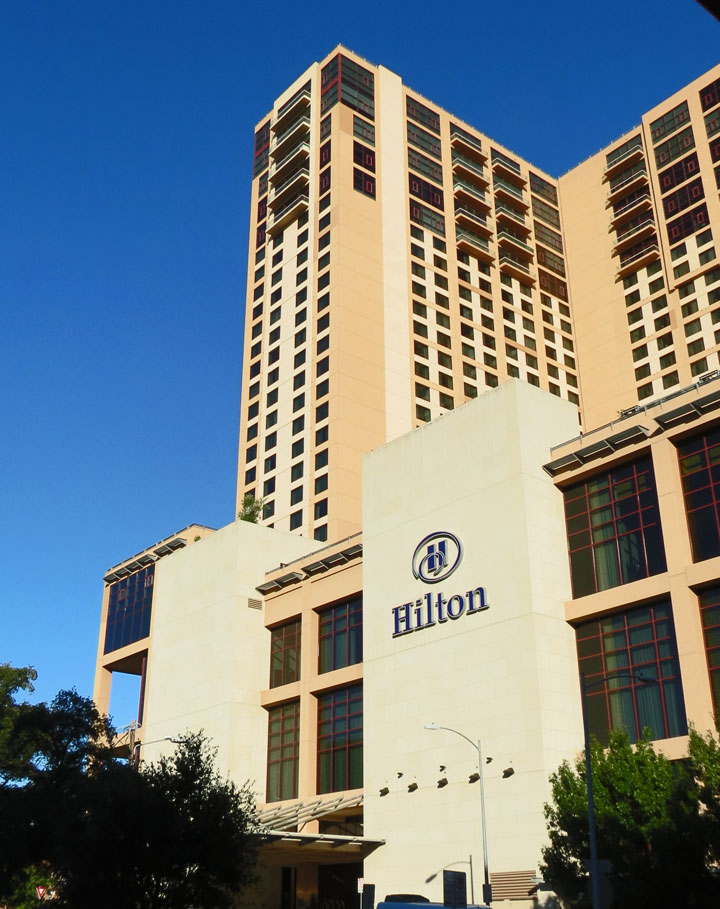
During the 1880s, Austin gained new prominence as the state capitol building was
completed in 1888 and claimed as the seventh largest building in the world. In
the late 19th century, Austin expanded its city limits to more than three times
its former area, and the first granite dam was built on the Colorado River to
power a new street car line and the new "moon towers." Unfortunately the first
dam washed away in a flood on April 6, 1909. It was finally replaced in 1940 by
a hollow concrete dam that formed Lake McDonald (now called Lake Austin) and
which has withstood all floods since. In addition, the much larger Mansfield Dam
was built by the LCRA upstream of Austin to form the flood-control lake, Lake
Travis. In the early 20th century, the Texas Oil Boom took hold, creating
tremendous economic opportunities in Southeast Texas and North Texas. The growth
generated by this boom largely passed by Austin at first, with the city slipping
from fourth largest to 10th largest in Texas between 1880 and 1920.

light rail
In the 1920s and 1930s Austin launched a series of civic development and beautification projects that created much of the city's infrastructure and many of its parks. In addition, the state legislature established the Lower Colorado River Authority that, along with the City of Austin, created the system of dams along the Colorado River to form the Highland Lakes. These projects were enabled in large part because the Public Works Administration provided Austin with greater funding for municipal construction projects than other Texas cities.

After the mid-20th century, Austin became established as one of Texas' major
metropolitan centers. In 1970, the Census Bureau reported Austin's population as
14.5% Hispanic, 11.9% black, and 73.4% non-Hispanic white. In the late 20th
century, Austin emerged as an important high tech center for semiconductors and
software. The University of Texas at Austin emerged as a major university.

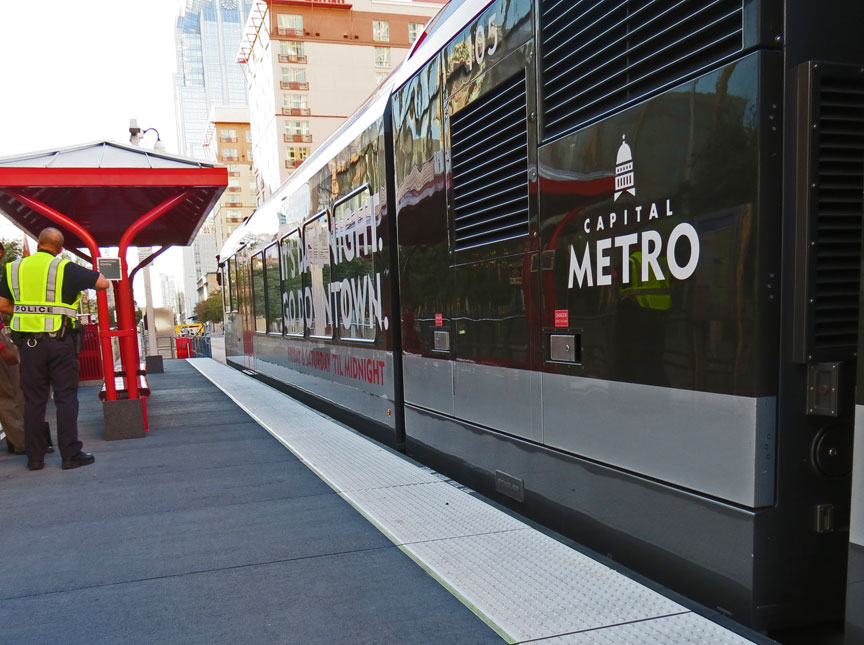
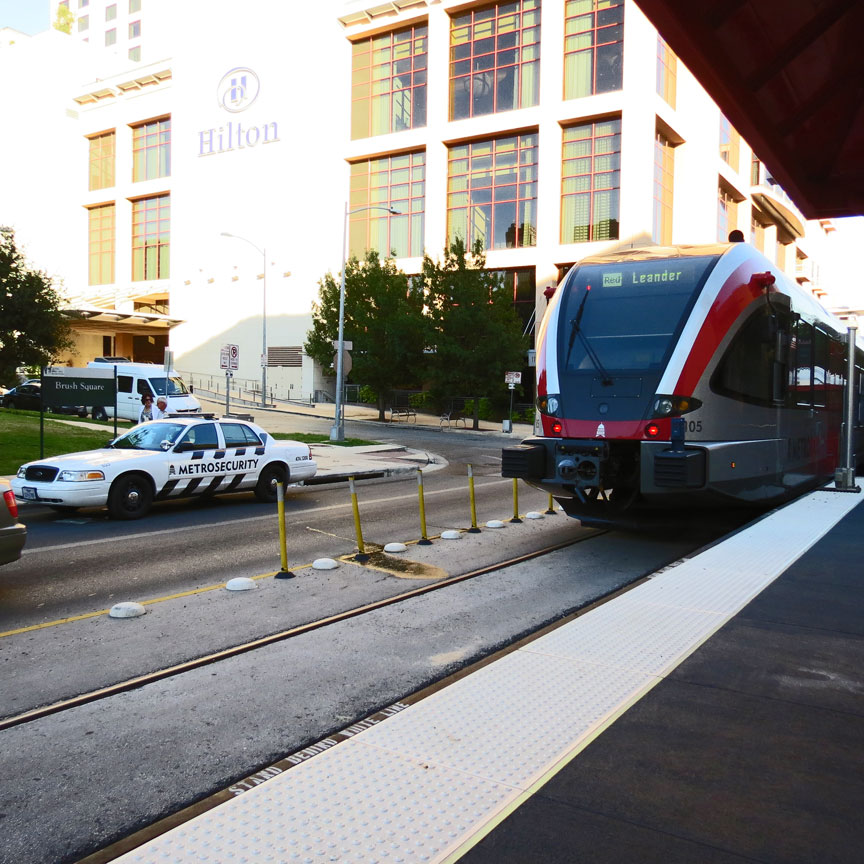
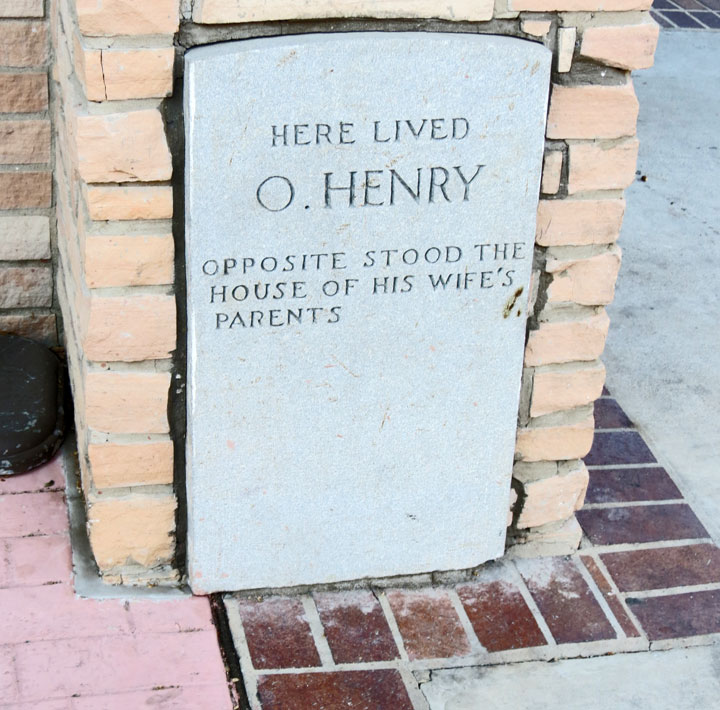
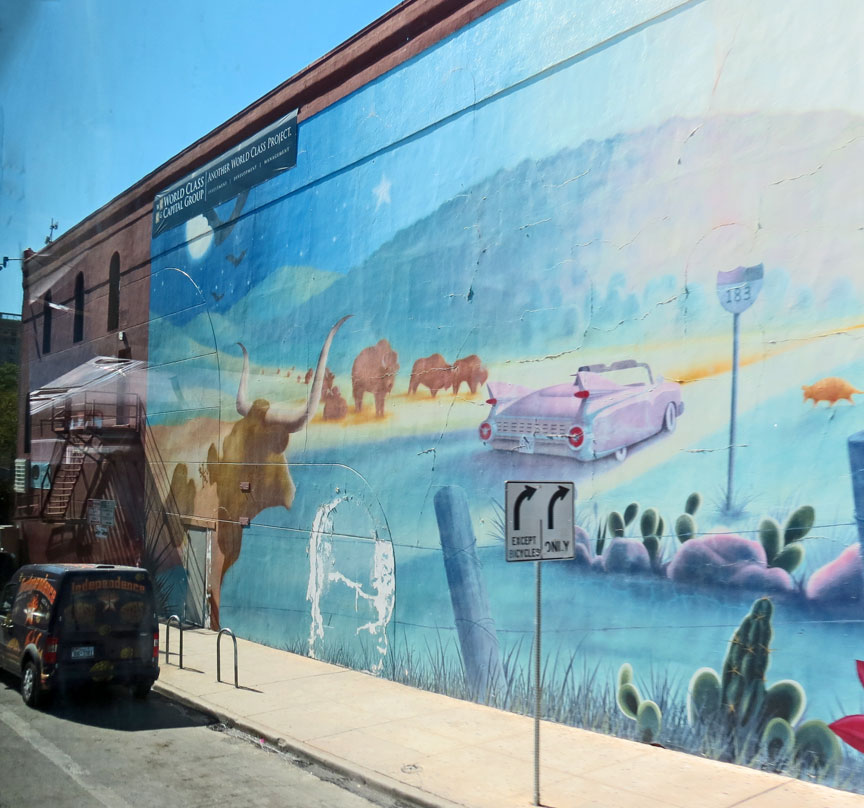
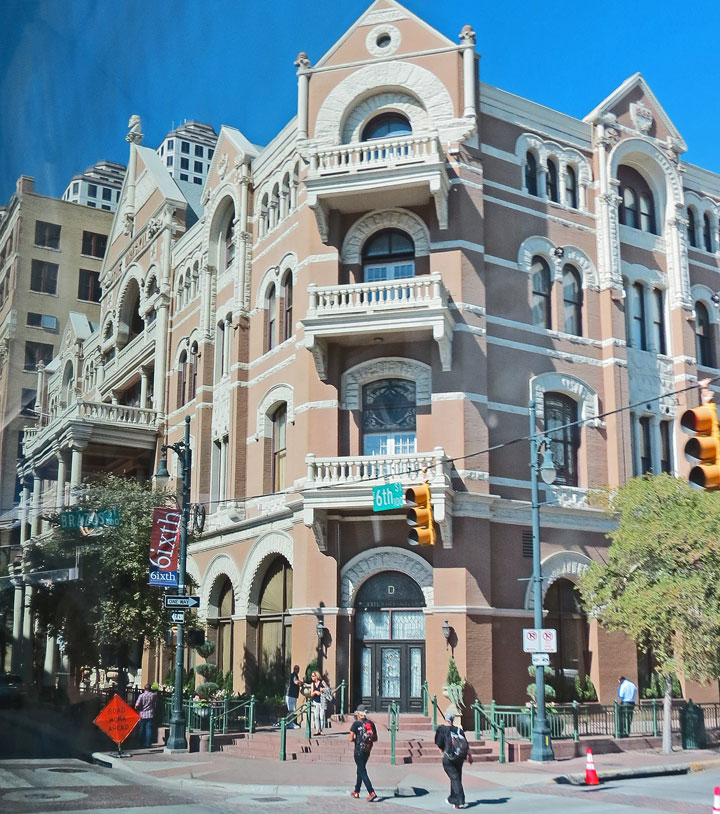

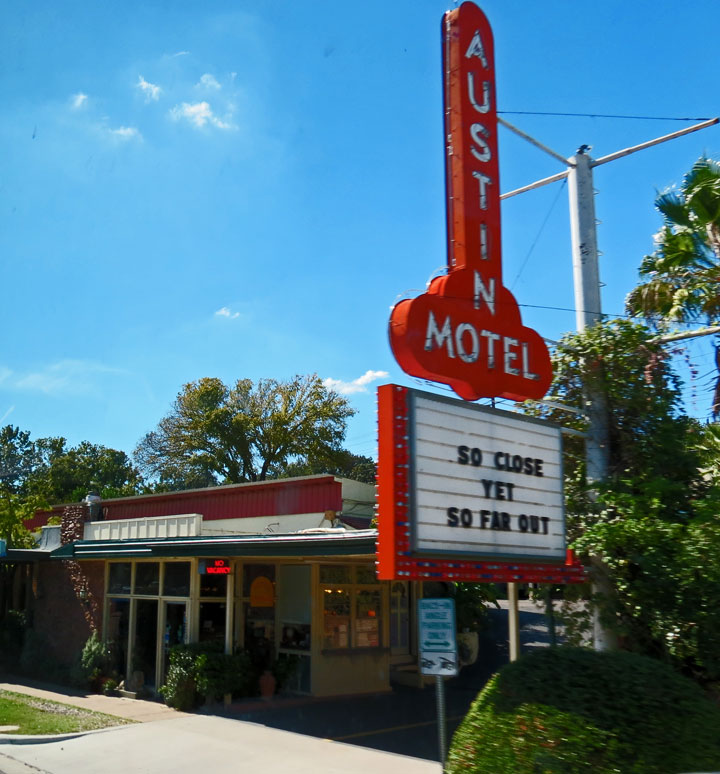
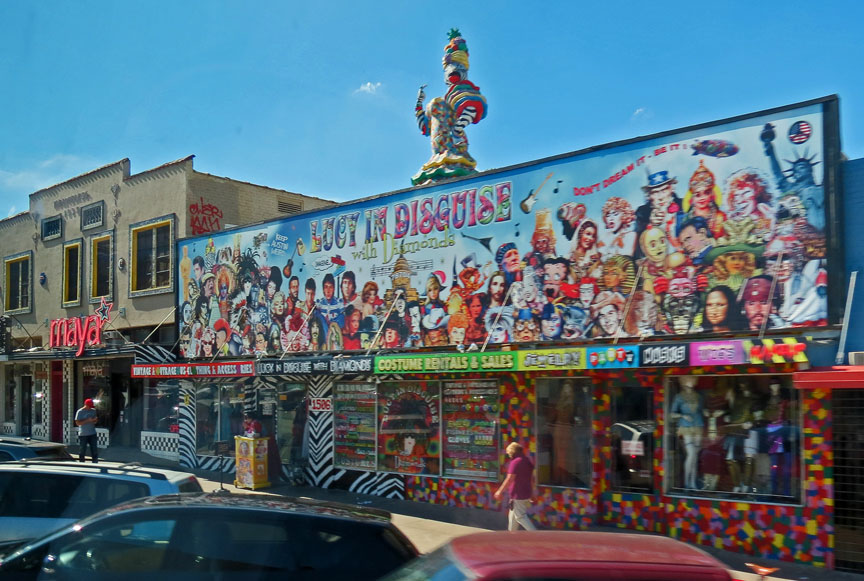
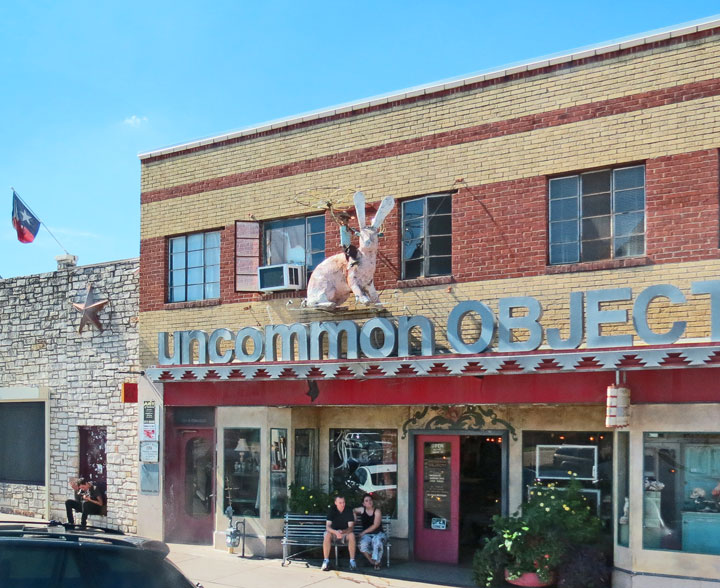
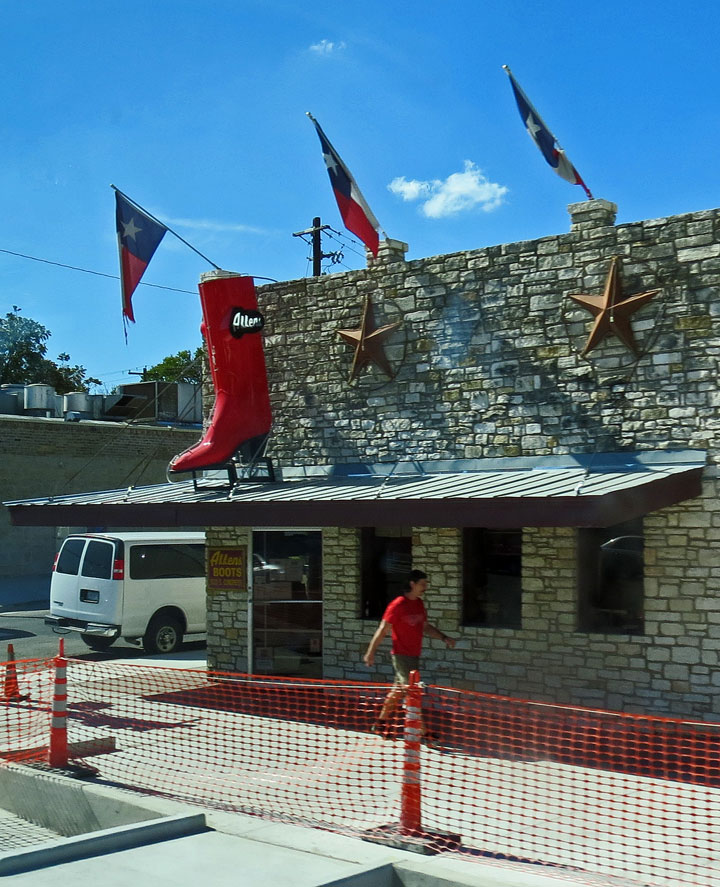
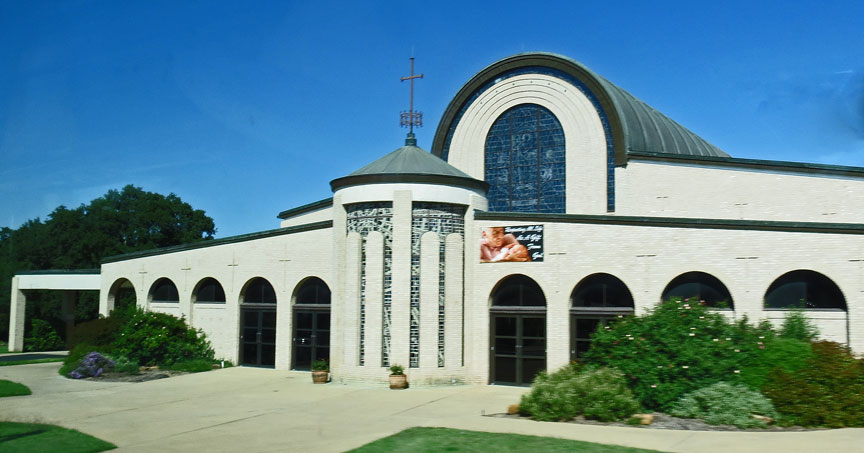

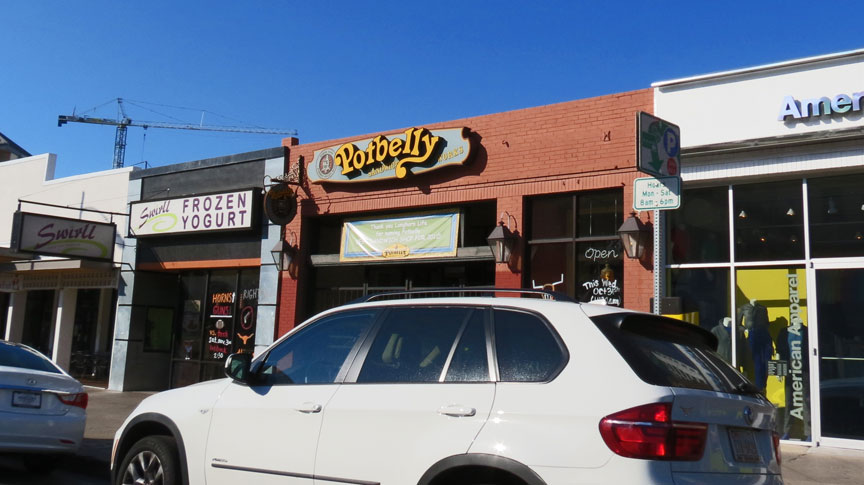
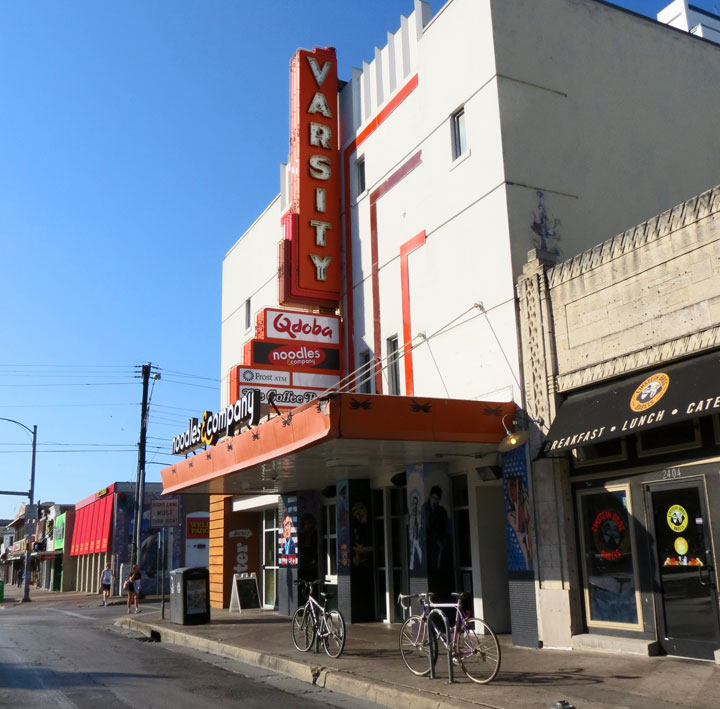

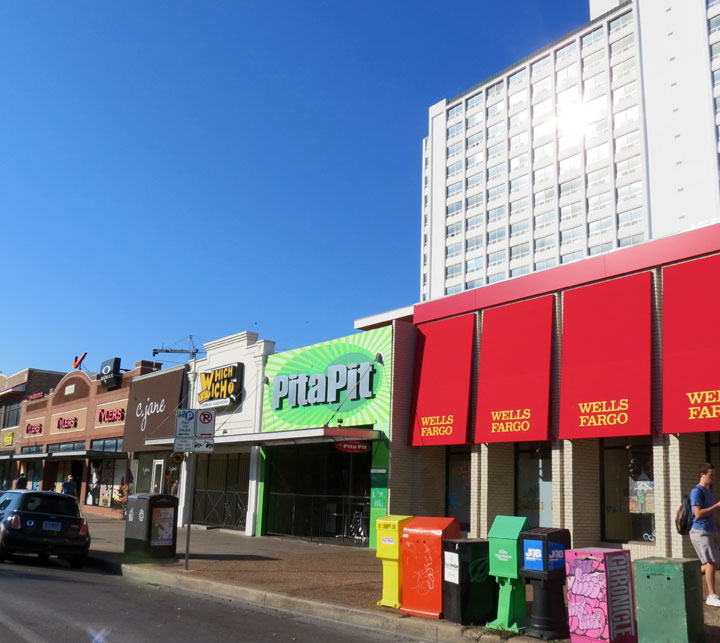
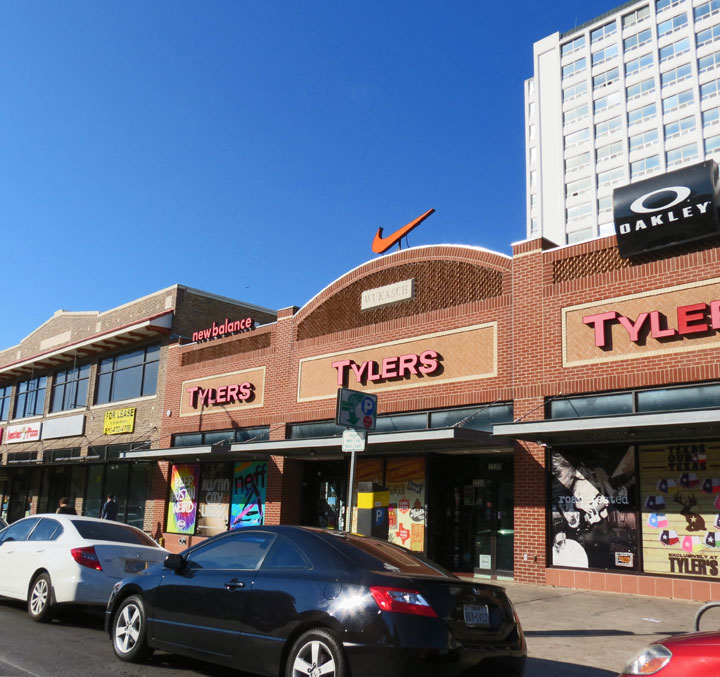

downtown crane
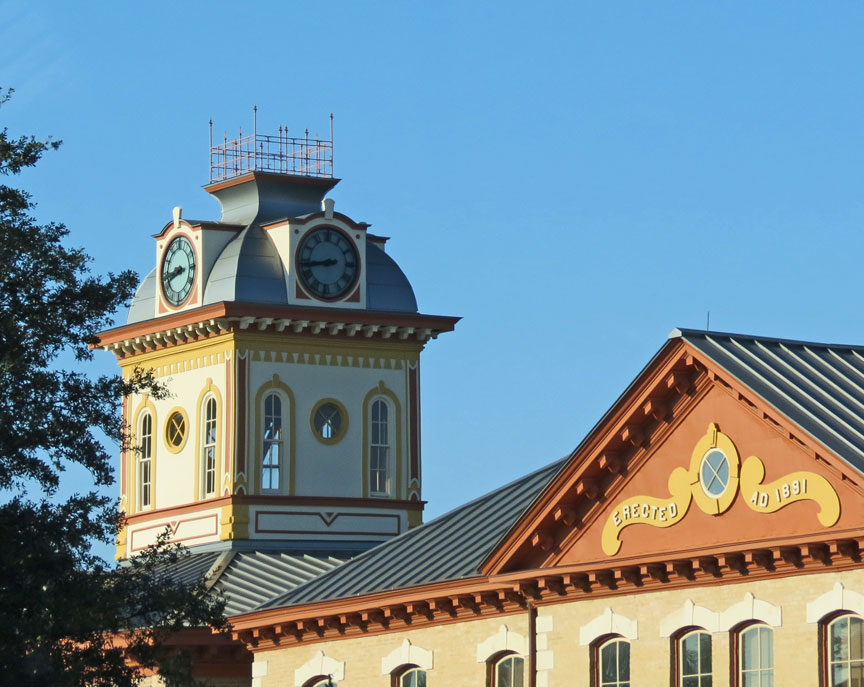
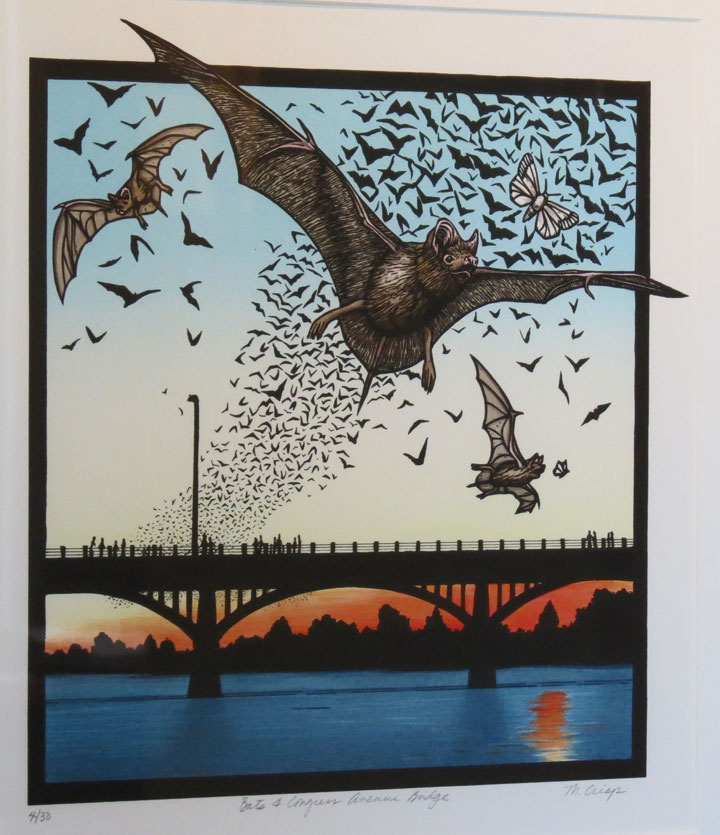
painting of bats who live under the Congress Avenue bridge
The 1970s saw Austin's emergence in the national music scene, with local artists such as Willie Nelson, Asleep at the Wheel, and Stevie Ray Vaughan and iconic music venues such as the Armadillo World Headquarters. Over time, the long-running television program Austin City Limits, its namesake Austin City Limits Festival, and the South by Southwest music festival solidified the city's place in the music industry
Text from Wikipedia
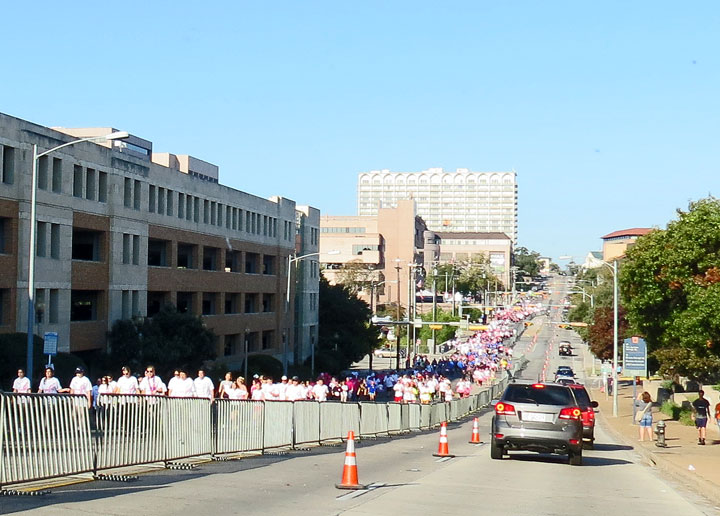
Pink march
